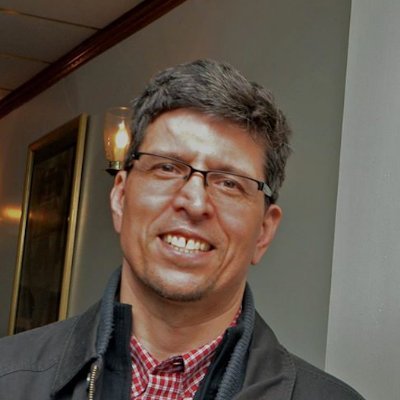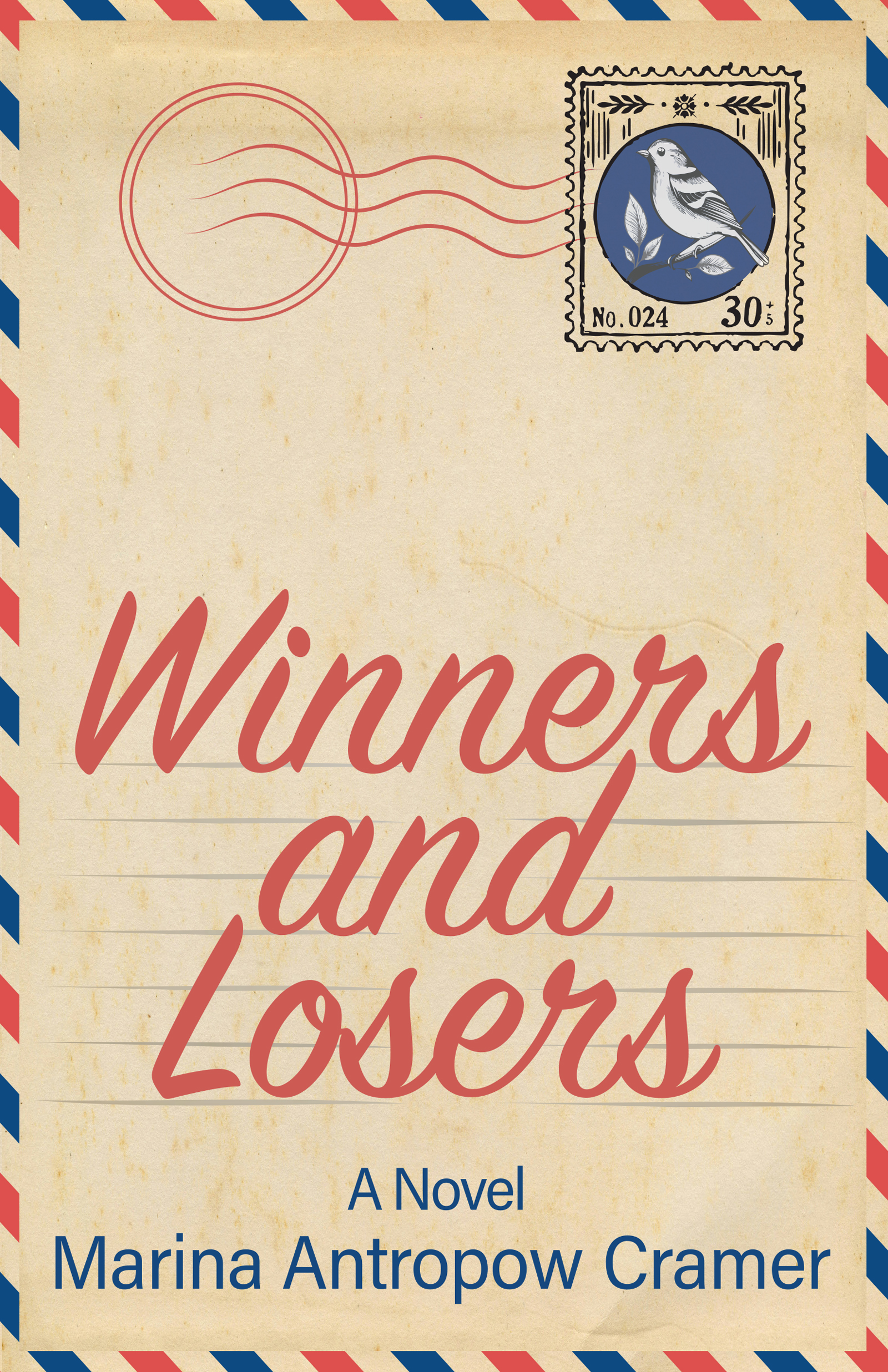If you Love Baltimore, it will Love you Back, is author Ron Cassie’s debut book. While it is his first published book, Cassie is far from lacking experience in the writing world. Cassie is now an editor with Baltimore Magazine and has won over 30 awards for journalism throughout his career. At Baltimore Magazine, Cassie was created a monthly series where he wrote about Baltimore and the people he encountered along the way. Along with the other short stories, this series was the starting block for Cassie’s new book.
Q: What about Baltimore made you decide to write an entire series about the city?
A: I wasn’t born in Baltimore and didn’t grow up here, but when I moved to Baltimore in my early 20s, I joke I’d found my spiritual home. It’s true, though. I went to high school in Allentown, PA, a blue-collar city full of rowhouses like Baltimore—except without the Orioles, the hard-shell crabs, the old City Paper, and the old WHFS. It just felt like I belonged here. I later lived in D.C. for a while, but knew I’d come back. So that’s part it—writing about what you love and know and what you are deeply curious about is everything. More specifically, and probably to the point of this question, when I came to Baltimore magazine it was my job to takeover a section called The Chatter, a monthly roundup of popular happenings, events, and occasional celebrity sightings around the city. I kind of turned the concept on its head and sought out unconventional, overlooked, human-scale stories. The idea was to capture them in a fly-on-the-wall style that would give the reader a sense of being there as something, hopefully interesting, unfolded in real-time
Q: When choosing which stories to write, how did you choose which encounters would be suitable?
A: That’s the task—finding under-the-radar stories that feel personal, funny, revealing, or compelling in some unique way. I still cast a wide net to find good short stories every month. Not every published from the past decade is included in this collection. Not everything works out. Mostly I strive for something that new, unusual, or a throwback and look for some reward in the telling of the story. They aren’t newsy and need have a more timeless quality. My guiding principle for going out and immersing myself in a story is pretty simple. If I’m curious about the people and the subject at hand—usually its both–I think other people will be interested enough to read at least a little about it. The key is finding a few committed people, or even a single person, who is sincerely passionate about some endeavor.
Q: Did you know each encounter you wrote about would be worthy of becoming a short story as it happened? What made them stick out against the rest of your daily encounters?
A: Some I knew would work out. Grabbing coffee and breakfast at the last shift at the Bel Loc Diner couldn’t miss. Many of these were kind of an expedition. I took a corporate bus tour of the former Bethlehem Steel plant at Sparrows Point, hoping I’d find an old steelworker who was along for a last look at the place—and I lucked out. Some things planned didn’t come off as expected or maybe just didn’t rise to the level of a story worth publishing for one reason or another. What made the ones I wrote stick out was I meet an individual who had a story to tell and I got to know them a bit. I like people and getting to know them and their lives. I learn something from everyone. I try to get the importance stuff on the page.
Q: All of your stories are based off of real-life scenarios as opposed to be being fiction. How do you think the true stories benefit the collection as a whole?
A: I don’t think you can understand a city or any place for that matter with one story. Or two or three. No matter how good, deeply reported or well written they are. It takes a thousand probably. The foundation of these stories is the same as fiction—it’s people and the lives they lead. Their true stories, but not the kind you read in newspapers. The facts are not the central thing, it’s their meaning and emotional experience and truth behind them. Each one of these vignettes is a piece in the puzzle that is this complicated, crazy, frustrating city with great challenges and great characters, which I guess inevitably go together.
Q: You mention that most of the stories in the collection have been published various places before the book. How many years did the encounters span over? Had you always known you would combine these stories into a collection?
A: The entire span is about a dozen years. And no, I didn’t know that I’d combine these into a collection. A writer friend made the suggestion first and then another writer friend. At some point, I realized I didn’t want to lose these, too. Newspapers and magazines go out of business and their internet archives disappear with them. (This has happened to me.) The stories are also like a journal of the past dozen years of my life—an accounting of my inquiries into the heart of the city I love.
Q: Would you ever extend any of the short stories into a longer piece?
A: A few of these are actually vignettes culled from other longform journalism stories I did, which I thought held up on their own. And many were tough to write short—and not write as longer pieces. But that is a good question. Maybe I should go back and see what’s worth a revisit.
Q: Are there any other locations you think you could write a similar collection about?
A: None that I could write about in the same way. It takes a longtime to get to know a place intimately, in way that allows you to write across a wide swath of a place understanding and empathy. I suppose I could move somewhere else and start again and produce a different collection in 10 or 12 years. Still, I think I would feel like an outsider writing about any city other than Baltimore in this way.
Q: You have been published before, however this is your first book. How did this writing process differ from your past experience, if at all?
A: Well, there was more rewriting and editing than I thought would be necessary since these had been previously published in one form or another. Every single story ended up tweaked and/or reworked. Sometimes, it was to remove some specific time references as to give the piece less of journalistic feel and more of a literary read. A few times, I went back to the original story and found my notes and first drafts and put material back in that I liked, but had been cut to fit into the magazine. And many of the stories have addendum as well. It was fun to retrace my steps so to speak.
Q: Is there a specific location that you like to do most of your writing?
A: I write in two places: at my office at Baltimore magazine with the door closed and in the front room of small Patterson Park rowhouse on my laptop. Most stories get started in one location and move back and forth once or twice until they’re done.
Q: Reading and writing go hand in hand. How does your taste in reading relate to your writing style and choices?
A: This is a good question. I’m interested in everything and read everything, in subject and form. I read way too much daily news. I also read magazines, novels, nonfiction, memoirs, essays, short stories, poetry, zines, book and movie reviews—scientific journals, theology, philosophy, sociology, and psychology. I read science fiction only occasionally, but I usually like it when I do and it’s because my daughter and my brother both like science fiction and are smart readers and recommend the good stuff. Generally what I’m depends on something that has landed in front of me for one reason or another and has plucked my interest What I read is just based on a intuition and what I need at the moment, and more often than not as well—what I’m working on. I love the classic novelists—Tolstoy, Dostoyevski, Camus, Dickens, Joyce, Woolf, Wilde, Orwell, Steinbeck, Fitzgerald. I like Capote, Kerouac, Vonnegut. I like Joan Didion, Susan Orlean, Alice McDermott. Marilynne Robinson. Too many to name, but I will read anything all those people have written. I don’t think of them as influences by any means, but more like mentors—I learn about life from them. D. Watkins and Rafael Alvarez are both friends and two of my favor

